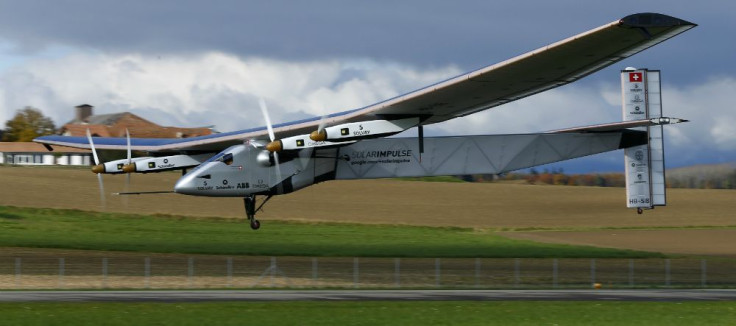Australia's First Floating Solar Power Plant Operational By April

The first floating solar power plant in Australia is expected to be up and running by early April of this year. Construction in South Australia will soon begin.
According to Felicia Whiting of Infratech Industries, the solar power plant was designed in a way that construction can be done offsite before setting it up in the facility. The plant will float on a wastewater treatment facility in Jamestown, reports ABC.
Whiting said part of the plant can be seen on the site in about two weeks. She explained that since solar panels will be afloat, the water mass will keep them cool. As a result, the panels will be 57 percent more efficient than the solar panels based on land.
Whiting added that water evaporation is prevented by up to 90 percent of the surface area covered. She said it can be a big “water saving measure” for dry states and other areas with dry weather. The appearance of blue-green algae will be prevented due to the cool water surface. By stopping photosynthesis, the energy from the sun will be absorbed by the panel rather than the water.
Infratech has developed floating solar power plants for countries like France and South Korea. However, the company had viewed them as test sites for the new model to be built in South Australia. Whiting said the plants overseas were behind the metre and not at the utility level.
The solar power plant in South Australia was expected to produce excess power to the township of Jamestown aside from the power for the co-located wastewater treatment facility. Whiting said the water treatment plants will use a lot of power for the actual process of water treatments and pumping.
She added that once operational, the plant will become Infratech’s “showpiece for export” around the world. Whiting remarked that the company has invested its entire research and development programme in the floating solar power plant in Australia.
The cost of producing large-scale solar power in Australia will fall between $0.05 and $0.15 per kilowatt hour by 2025. According to a study by the Fraunhofer Institute for Solar Energy Systems commissioned by a German thinktank Agora Energiewende, technological developments could make electricity more affordable.
The Australian reports that the institute has already found that solar power has become cost-effective in some countries. The institute’s director, Dr Patrick Graichen, said the study only shows that future power supply systems should be revised worldwide to include cost-effective sources of energy.
To report problems or leave feedback on this article, contact: r.su@ibtimes.com.au





















